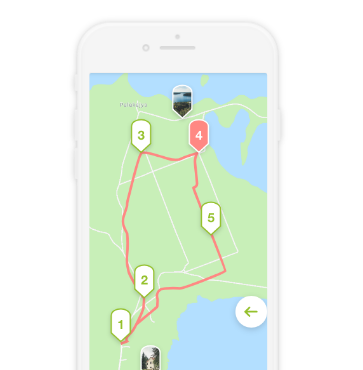Route: Embūte – Durbe – Grobiņa – Liepāja – Rucava – Dunika – Embūte
According to ancient chronicles and Scandinavian rune stones, Couronians have been great seafarers, raiders, soldiers, also traders, and at times of peace – skilled crop-growers and livestock breeders. A legend tells that Danes used to pray to God: “God, protect us from the Couroni ans!” To understand where Couronians got their skills and strength from, one shall travel to the hillforts of Kurzeme (Courland) and visit places of natural power.
In ancient times, Embūte was home to one of the greatest Couronian castles, where the brave Indulis ruled and the Devil is said to have assisted him.
The power of Couronians becomes evident in one of the most important battles of the 13th century in Durbe where Latvians and Lithuanians fought shoulder to shoulder, defeating the Crusader troops. To enjoy active holidays, pay a visit to the Active Tourism Centre “Couronian Viking settlement” in Grobiņa, formerly known under the name of Jūrpils or Seeburg, which was once an important centre of Couronians and Norsemen. A Couronian barge will take you on an exciting boat trip along the River Ālande to Grobiņa. The history of Couronians is also told by the Liepāja Museum. One will find horses and wild oxen grazing in Pape Nature Park. Horses were used by Couronians to allow for faster movement through forested areas during wartime period. Equally important was the armament of warriors, the remains of which have been found in the Dunika Bog. Nowadays, it is an excellent place for hiking and enjoying nature with one of the longest bog trails in Latvia leading through it.
The route also includes the Liepāja Crafts House, Pape Ķoņu village, a shermen’s farmstead “Vītolnieki”, the Ethnographic House “Zvanītāji” and Leju Sacred Spring.
























Reviews